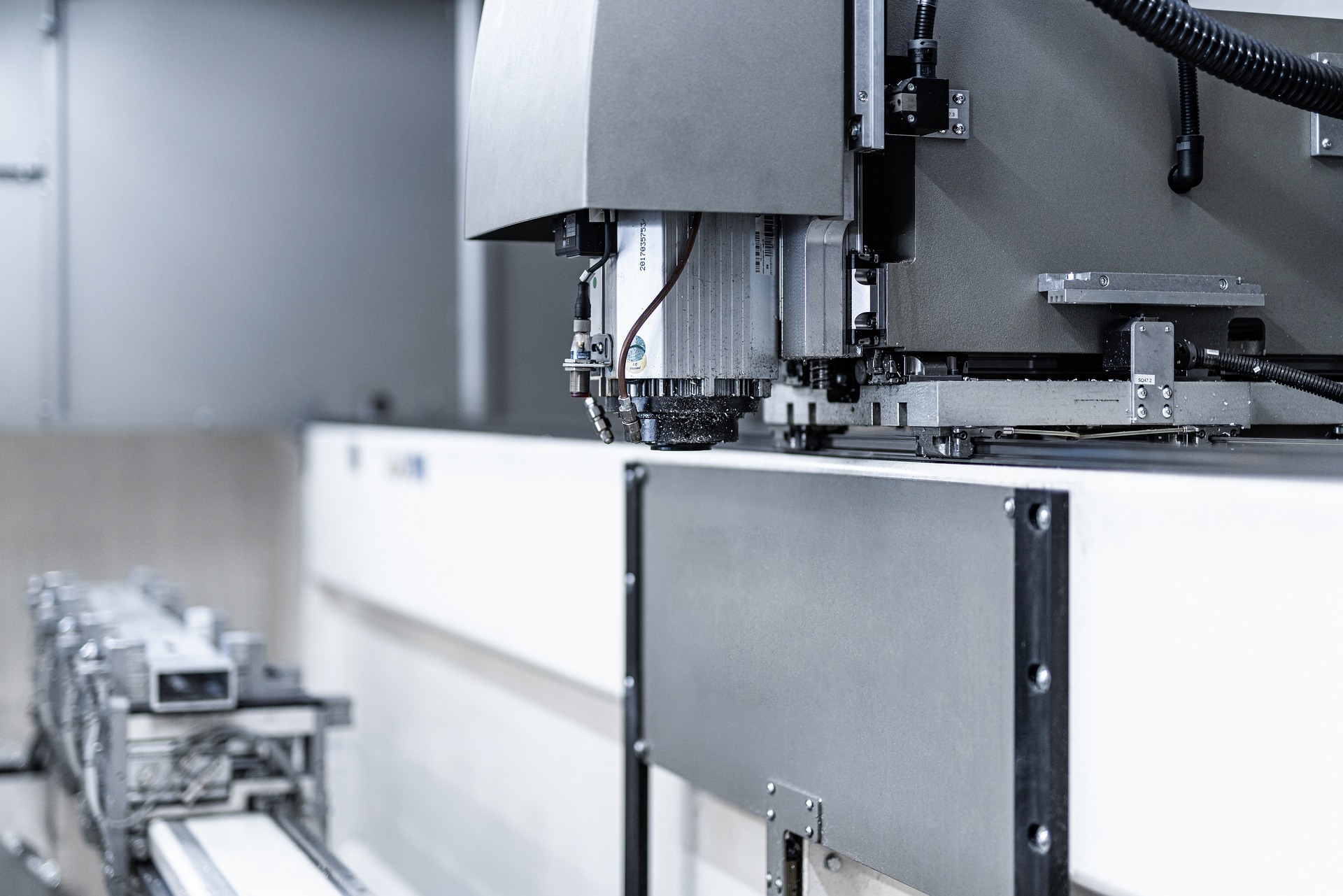Industrial Solvent Cleaning Machines: The Future of Precision Degreasing and Automated Solvent Solutions
Modern manufacturing depends heavily on the efficiency and reliability of solvent cleaning machines and industrial solvent degreasing equipment. From aerospace to automotive sectors, these systems ensure flawless surface preparation, precision cleaning, and compliance with stringent environmental standards. As industries demand higher throughput and cleaner results, vapor degreasing machines, solvent-based parts washers, and automated solvent cleaners are becoming indispensable tools in production facilities worldwide. This article explores the evolution, benefits, and market trends of heavy-duty degreasing systems — the foundation of next-generation industrial cleaning technology.

The Role of Solvent Cleaning Machines in Modern Manufacturing
Solvent cleaning machines serve a critical function in contemporary manufacturing operations by ensuring components meet strict cleanliness specifications before assembly, coating, or quality inspection. These systems remove machining oils, cutting fluids, buffing compounds, and other process residues that can interfere with subsequent manufacturing steps. Industries ranging from precision machining to medical device production rely on solvent cleaning to achieve the surface cleanliness required for welding, bonding, painting, and final assembly operations. The precision achievable through modern solvent cleaning technology has made these machines indispensable in facilities where contamination control directly impacts product performance and reliability.
Manufacturers utilize various solvent cleaning configurations including vapor degreasers, immersion tanks, spray washers, and ultrasonic cleaners depending on part geometry, contamination type, and production volume requirements. Each system design offers specific advantages for particular applications, with selection based on factors such as cleaning cycle time, solvent compatibility with substrate materials, and throughput demands.
Evolution of Industrial Solvent Degreasing Equipment
The development of industrial solvent degreasing equipment has progressed significantly from simple open-top tanks to sophisticated closed-loop systems with advanced process controls. Early degreasing operations relied on chlorinated solvents in basic immersion or vapor systems with minimal emission controls and limited automation. As environmental regulations tightened and workplace safety standards evolved, manufacturers developed enclosed systems with solvent recovery capabilities, vapor containment features, and automated handling mechanisms.
Contemporary solvent cleaning machines incorporate programmable logic controllers, touchscreen interfaces, and process monitoring systems that track cleaning parameters such as temperature, solvent concentration, and cycle duration. Many systems now feature multi-stage cleaning processes combining spray, immersion, and vapor phases to optimize cleaning effectiveness while minimizing solvent consumption. The integration of vacuum drying cycles, automated part handling, and real-time quality monitoring represents the current state of degreasing technology evolution.
Environmental Standards and Eco-Friendly Solvent Technologies
Environmental regulations have fundamentally reshaped industrial solvent cleaning practices over recent decades. Restrictions on ozone-depleting substances led to the phase-out of traditional chlorofluorocarbon-based solvents, prompting development of alternative chemistries including modified alcohols, hydrocarbon blends, and next-generation halogenated solvents with reduced environmental impact. Manufacturers now prioritize systems designed for maximum solvent recovery and minimal atmospheric emissions to comply with air quality regulations and reduce operating costs.
Modern eco-friendly solvent technologies include low-global-warming-potential formulations that maintain cleaning effectiveness while meeting stringent environmental standards. Closed-loop systems with activated carbon adsorption, refrigerated condensers, and automated distillation units enable facilities to recycle solvents continuously, reducing both disposal costs and environmental footprint. Some operations have transitioned to aqueous or semi-aqueous cleaning systems where compatible with part materials and contamination types, though solvent-based cleaning remains necessary for many precision applications requiring specific cleaning characteristics.
Heavy-Duty Degreasing Systems for Aerospace, Automotive, and Electronics
Aerospace manufacturing demands exceptionally rigorous cleaning standards due to safety-critical applications and stringent material specifications. Heavy-duty solvent degreasing systems used in aerospace facilities often incorporate specialized features such as cleanroom-compatible designs, traceability systems for process documentation, and validation protocols meeting industry standards. These systems handle complex geometries including turbine components, hydraulic assemblies, and structural elements requiring complete removal of machining residues and surface contaminants.
Automotive manufacturing utilizes high-throughput degreasing systems capable of processing large volumes of components including engine blocks, transmission housings, and precision-machined parts. Conveyor-fed systems with multiple cleaning stages and automated quality verification ensure consistent results across production runs. Electronics manufacturing requires particularly gentle yet effective cleaning to remove flux residues, fingerprint oils, and particulate contamination from sensitive components and circuit assemblies without damaging delicate structures or leaving residues that could affect electrical performance.
Advantages of Automated Solvent Cleaners and Smart Integration
Automated solvent cleaning systems offer substantial operational advantages over manual cleaning processes including improved consistency, reduced labor requirements, enhanced safety, and better process documentation. Automated part handling eliminates operator exposure to solvent vapors while ensuring uniform cleaning across all component surfaces. Programmable cleaning cycles maintain optimal parameters throughout production runs, reducing variability and improving quality outcomes.
Smart integration capabilities enable modern solvent cleaners to communicate with manufacturing execution systems, providing real-time production data, maintenance alerts, and quality metrics. Predictive maintenance features monitor system performance parameters to identify potential issues before failures occur, minimizing unplanned downtime. Remote monitoring and diagnostic capabilities allow technical support personnel to assess system operation and troubleshoot issues without on-site visits, improving response times and reducing service costs.
Conclusion
Industrial solvent cleaning machines continue advancing through technological innovation, environmental considerations, and manufacturing demands for higher precision and efficiency. The integration of automation, smart monitoring, and eco-friendly solvent formulations positions these systems as essential components of modern precision manufacturing operations. As industries pursue increasingly stringent cleanliness specifications and sustainable production practices, solvent cleaning technology will continue evolving to meet these dual imperatives while maintaining the cleaning effectiveness required for critical applications across aerospace, automotive, electronics, and precision manufacturing sectors.




